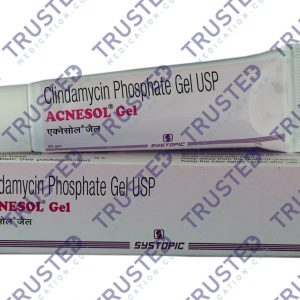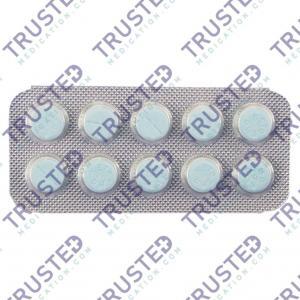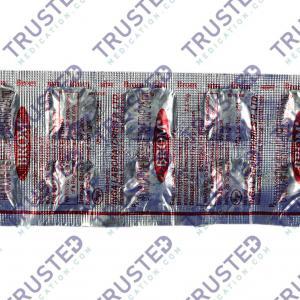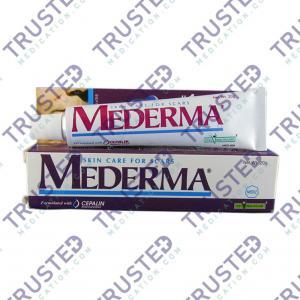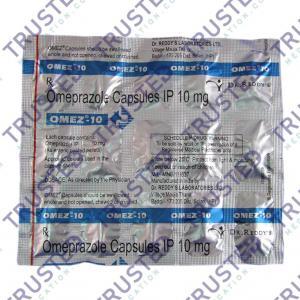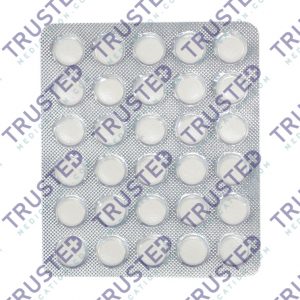
A skin crack is usually caused by a lack of moisture. Normally, the top layer of skin is made up of dead cells and natural oils that help trap moisture to keep the skin soft and smooth. In most cases, experiencing dry skin, or xerosis cutis isn’t a big concern.
What Are Skin Cracks?

Skin cracks occur anywhere on the body but the most common in areas such as:
- On the areas prone to dryness
- On the heels of the feet
- Between the toes or fingers
- On the fingertips
The visible signs of skin fissures include:
- Breaks in the skin that look similar to cuts or cracks
- Thickened or calloused skin around the fissure
- Dry skin in the surrounding area
- Bleeding
People with cracked skin are more prone to infections because the skin barrier is broken. Bacteria and other germs can get inside the skin and cause an infection. People who notice pain, redness, inflammation, or pus at the site of the fissure must see a doctor. Fissures can also start to bleed.
People living with diabetes have poor circulation in their feet and may have dysfunctions in their nervous system. These conditions can cause dry skin and cracks that are slow to heal. Sometimes fissures on the soles of the feet can develop into painful ulcers, which can make it challenging for people to stand or walk.
What Are Some Of The Causes Of Skin Cracks?
Depending on the cause of cracked skin, you may notice some other symptoms.
Dry Skin
Dry skin is medically known as xerosis and results from a decrease in water content in the top layer of your skin. Sometimes your skin barrier becomes weakened, resulting in dry skin. Common causes of dry skin include:
- Pollution and chemicals
- Sun exposure
- Cold weather and indoor heating
- Hot water
- Being wet for long periods
- Clothing, footwear, or walking barefoot
Eczema
Eczema also called atopic dermatitis, is an inflammatory skin condition that results in dry, cracked, and red skin. It often affects the skin on the face, hands, arms, and behind the knees.
Common symptoms of eczema include:
- Itchy skin
- Dry, cracked patches
- Redness
- Blisters
- Peeling
Psoriasis
Psoriasis is a condition in which skin cells build up, forming scaly, dry patches. It’s thought to be caused by an autoimmune response, in which your body mistakenly attacks healthy cells.
Diabetic Neuropathy
Uncontrolled diabetes may lead to the complication of neuropathy, which is nerve damage in the feet or hands. In addition, people with uncontrolled diabetes are more likely to get infections on their feet and have cracked heels. Other symptoms of diabetic neuropathy include:
- Poorly healing wounds
- Numbness in the hands or feet
- Pain or weakness in the feet, legs, or hands
- Calluses
Fungal Infections
Skin infections can cause redness, itching, rashes, and cracked skin. Fungal infections are more common in people with diabetes or people who are constantly in damp clothing.
Exfoliative Dermatitis
Erythroderma, or exfoliative dermatitis, is a severe skin cell disorder that causes the top layers of your skin to exfoliate, or shed. It can cover 90% or more of your body and may be due to medications, preexisting skin conditions, or even cancer. The common symptoms of erythroderma include:
- Red, cracked patches
- White or yellow scaly patches
- Skin that appears glossy or thin
- A tight feeling in the skin
- Hair loss
- Dry or brittle nails
What Are The Treatments Of Skin Cracks?
It depends on what is causing your dry skin. For instance, if you wash dishes often in hot water, wear gloves or if you often wash your hands with harsh, drying soaps, switch to a milder soap if possible and rinse well.
Begin healing your thumb tips by sealing the cracks with a liquid bandage and moisturizing your hands several times a day, especially while they are still damp from handwashing. Use a thick moisturizer.
It may also help to treat the affected skin with a heavier, oil-based cream or petroleum jelly while you are sleeping. As part of your bedtime routine, apply the moisturizer to the dry, cracked skin on your thumb tips and cover them with cotton gloves or gauze secured with tape.
Recommended medication:
- Clotrimazole – this medicine is frequently prescribed by most doctors to cure fungal infections because of its abrupt and long-lasting effect. The effect of Clotrimazole cream is cumulative and stays in the body for 21 to 54 hours while the extended-release form stays for 30 days. It is very effective to cure fungal infections

